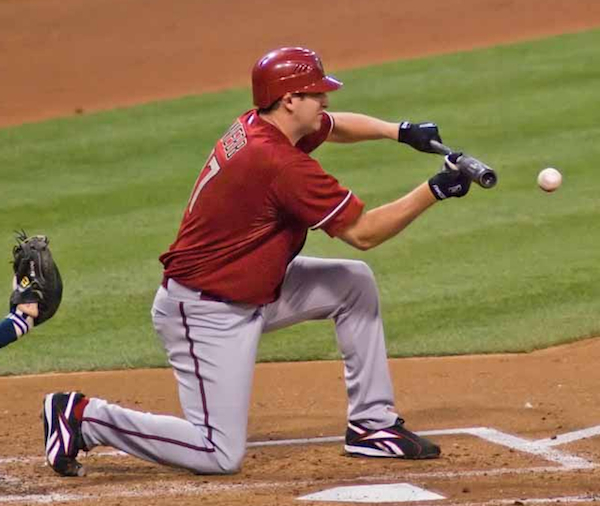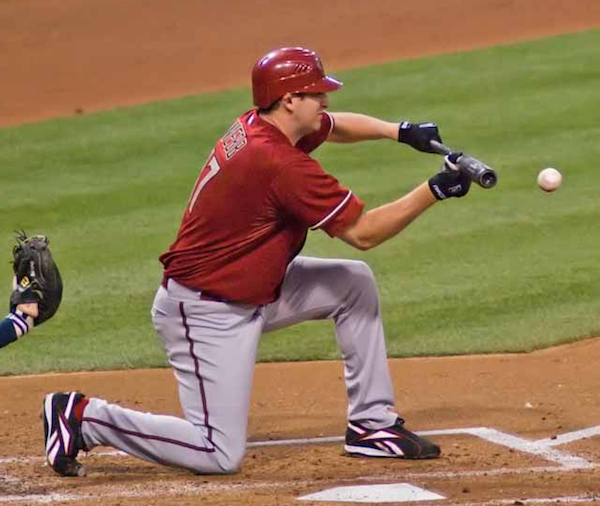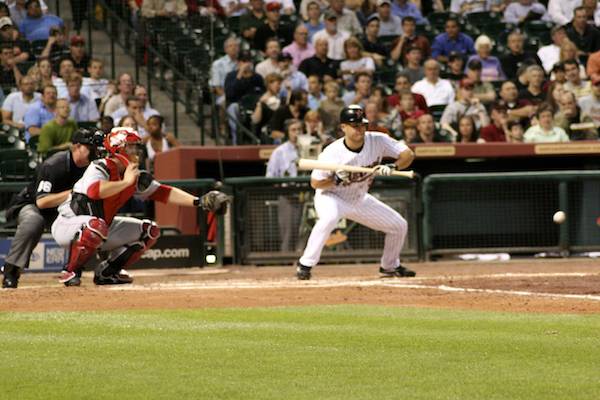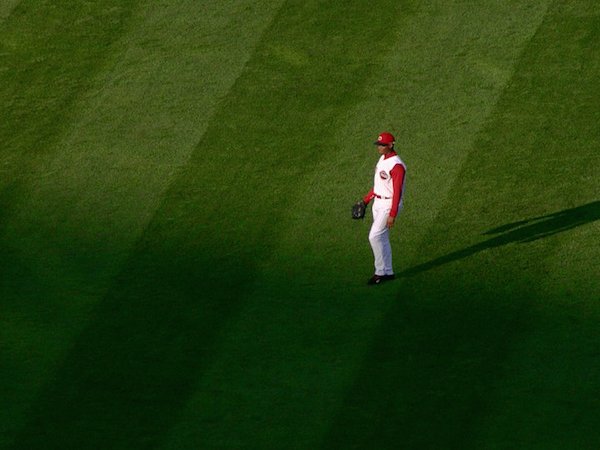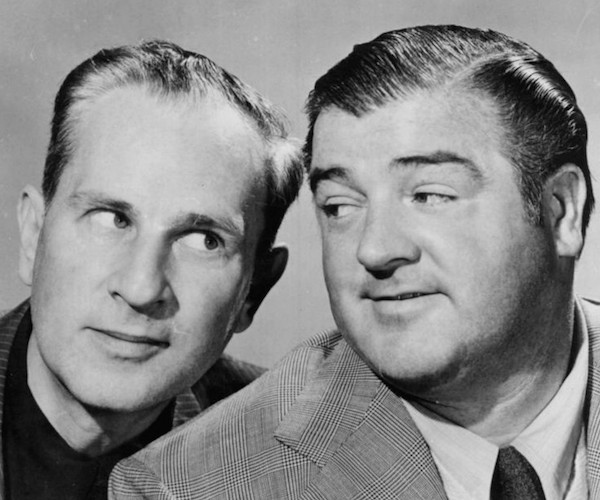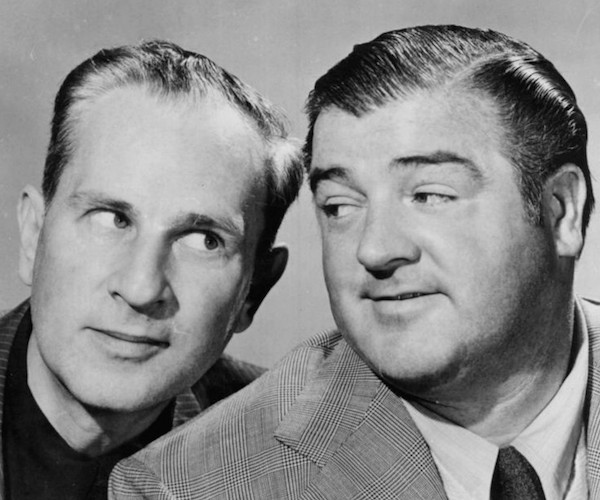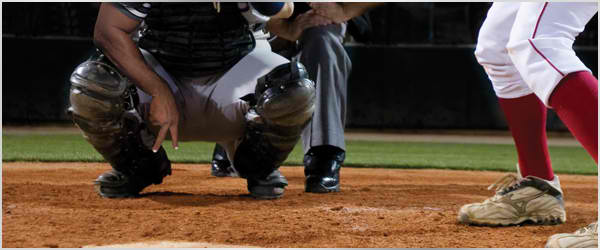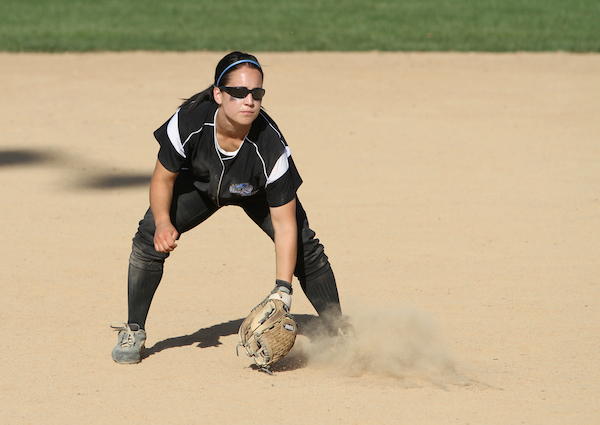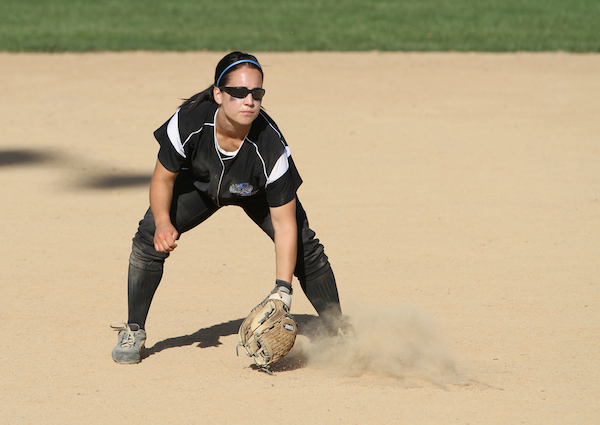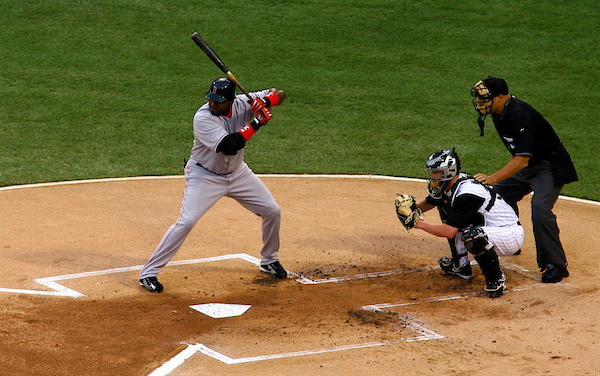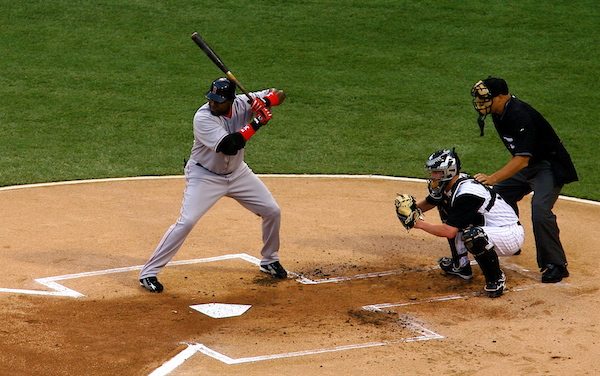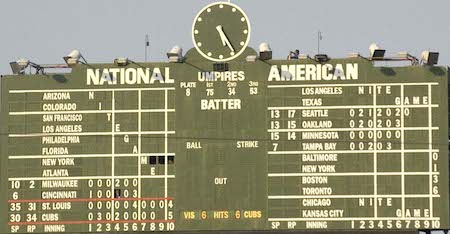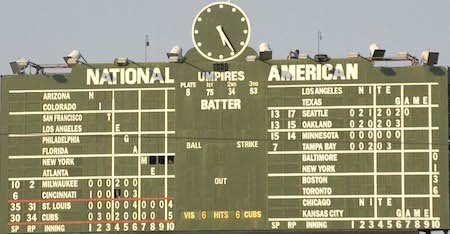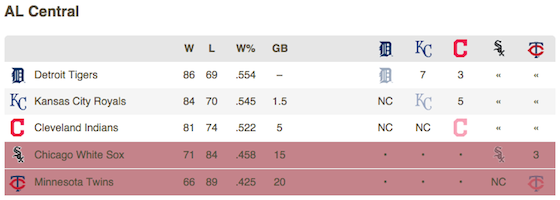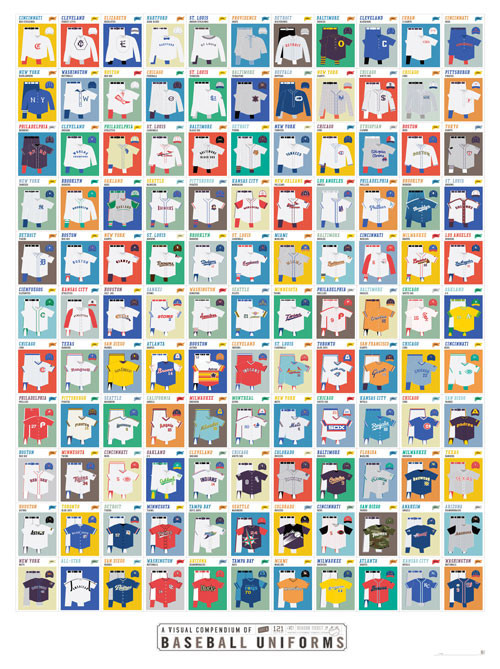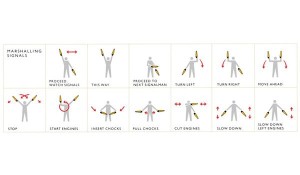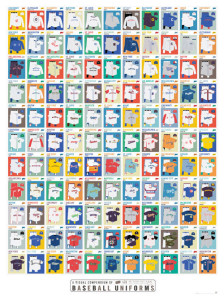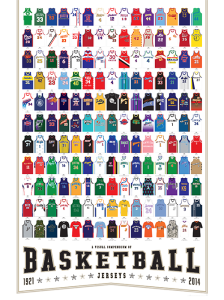Last week we answered a great question about what bunts are in baseball. We decided to split up our answer into two parts: How does a bunt work in baseball? and Why is the bunt controversial in baseball?
Dear Sports Fan,
How does a bunt work in baseball? And why is it so controversial right now?
Thanks,
Otis
— — —
Dear Otis,
One of the best things about baseball is how long we’ve been playing it professionally in this country. The first professional league started in the 1870s. Baseball fans love that their sport has such a long professional history in this country and they keep a lot of it alive. Bunting has been alive as a strategy since the very beginning of professional baseball and it’s been controversial for one reason or another for almost the whole time! Let’s take a quick trip back in time to see how bunting and the reasons for its controversy have changed. To help as along our way, I found two wonderful articles about the history of baseball and bunting that I’m going to lean on heavily. The articles are “Why do baseball players still bunt so damn much” by Erik Malinowski for Bleacher Report and “Baseball’s long and complicated relationship with the bunt” by Randy Leonard for The Atlantic. I recommend reading both!
In the 1870s, baseball was basically an adolescent. It was played by established rules but they weren’t the rules that it would settle into in time. The two rules that we’re concerned with are the shape of the bat and the rule that determined what a foul ball was. Today, of course, bats are rounded and a foul ball is one that either falls outside of the lines that extend from home plate to the outfield or passes first or third base to the outside of the bases. In 1870, these rules were a little different. The shape of a batter’s bat was up to him and critically to the subject of bunting, a flat bat was allowed. The foul rules were different in that a ball would be called fair no matter where it landed as long as it first hit the ground in fair territory. The combination of these two rule differences made bunting a particularly effective strategy. The flat bat made it much easier to do and the fair/foul rule made it much more effective because you had far more territory open to you to direct the ball away from fielders. Bunting was so effective that in the 1870s, a bunting specialist named Ross Barnes led the league in hits and batting average more than a third of the time.
Effective as it may have been, bunters took their share of abuse. According to Leonard, fans in the 1870s “jeered that it was effeminate” and in 1904, then president, “William Howard Taft publicly scorned the bunt.” And there’s more:
In 1873 The Boston Globe called bunting “the black game,” an acknowledgment of one’s “weakness at the bat,” and a few years later the Detroit Free Press called it a “babyish performance.”
There is something that feels, even to this day, underhanded about bunting. You feel instinctively that the batter should be trying to hit the ball hard not let it bounce gently off of their bat. When a bunt doesn’t work, it feels foolish, but when it does work, it makes the defense look foolish in a way that a hard-hit line drive or even a home run does not. The bunt plays against the ultra-masculine image of sports and for that reason it can be controversial. That’s not the main reason why the bunt is controversial today.
The bunt is controversial today because it’s basically been proven to be a bad idea. Baseball has been undergoing a statistical and cultural revolution since the 1980s. Many stats that once were seen as meaningful indications of performance, like RBIs and runs, have proven to be mostly meaningless and have been replaced with better stats. The statistical reality of bunting is that even when it works, the team that does it is intentionally sacrificing an out to advance a runner. The value of doing this is negative. A team with no outs and a man on first base (a normal scenario before a bunt) has a better chance of scoring a run that inning than a team with a runner on second and one out (a normal scenario after a bunt.)
Bunts are back in the news in a big way because the Kansas City Royals have been bunting like crazy. Or, more accurately, they have been bunting like they are a team from the 1980s, as Will Leitch suggests they might be in his enjoyable Sports on Earth article:
Watching them [the Royals] play — the five sacrifice bunts, the seven stolen bases, the lack of homers and strikeouts — has me thinking that this isn’t just the first time the Royals have made the playoffs since 1985: I’m honestly concerned that this team has been beamed here from the year 1985.
And they’ve been winning. The Royals are 4-0 in this year’s playoffs and are only four wins from making it to the World Series. Are they doing this because of or in spite of their bunt-happy retro style? Dave Cameron looked into the four bunts of their wild Wild Card victory for fangraphs.com and concluded that of the four, one bunt was a mistake, one was unclear, and two were “probably positive.” Overall, Cameron writes that:
In late game situations where one run is paramount, bunting can often be the correct play, and the don’t-bunt-ever reaction can be just as incorrect as the bunt-always fanaticism.
Looking at the comments under his article, it’s clear that many readers and baseball fans don’t agree. After 140 years of baseball history, the controversy about the bunt may just be getting started.
Thanks for the question,
Ezra Fischer

